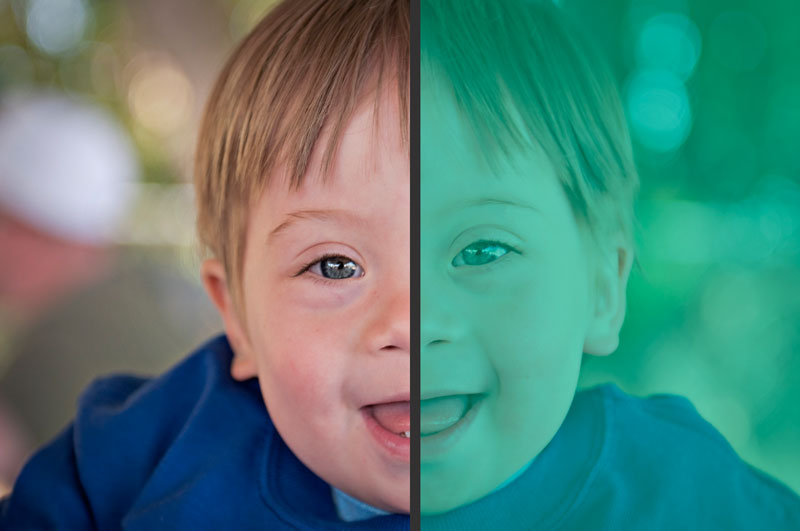Diagnosing disorders at face value
May 19, 2017

To an experienced clinician, looking at a child’s face can often be enough information to make a disorder diagnosis.
But, as we know, the time for using the old “eyeballing diagnosis” came and passed with the development of innovative medical technology.
You look so familiar
The primary use of facial-recognition software thus far has been for the government to track wanted persons , but Face2Gene takes this same technology and flips it.
Essentially, Face2Gene analyzes the patterns and features in someone’s face to detect the probability they have a disorder—the keyword here being "probability".
Face2Gene isn’t a diagnostic tool , but rather more like a search-engine helping a clinician to research and not miss something they may not have considered. After the picture is analyzed, Face2Gene replies with possible disorders and their probabilities.
The coolest part, though, is that it gets better with each image that is tracked . Currently, the system is familiar and capable of recognizing around 2,000 disorders, but the future may be filled with more.
In reality, there is nothing novel about Face2Gene, since the NIH has a very similar algorithm that is very successful . However, the NIH requires patients to visit a lab for tests, whereas Face2Gene can analyze pictures taken on a phone, opening up major possibilities for work in the field.
There is one problem, though, that both Face2Gene and the NIH have had trouble addressing.
Where’s the variation?
Most of the documented facial features that correspond with specific disorders are that of Caucasian faces. Flip through a textbook on this stuff, and you’ll see what I mean.
For that reason, diagnosing disorders in parts of the world that aren’t of northern European descent presents a startling roadblock. For example, children with Down syndrome often have flat nasal bridges, as do typically developing African or African-American children.
Not to mention, children of mixed ethnicities throws another curveball into this facial-recognition procedure.
Nevertheless, this isn’t stopping either Face2Gene or the NIH. It simply means they need to log more diverse patient photos with correctly identified disorders. Of course, this is easier said than done, as many parts of the world don’t have registered genetic testing labs to confirm a diagnosis.
It'll be exciting to watch this technology develop and see whether or not technology can, in fact, diagnose disorders at face value.
